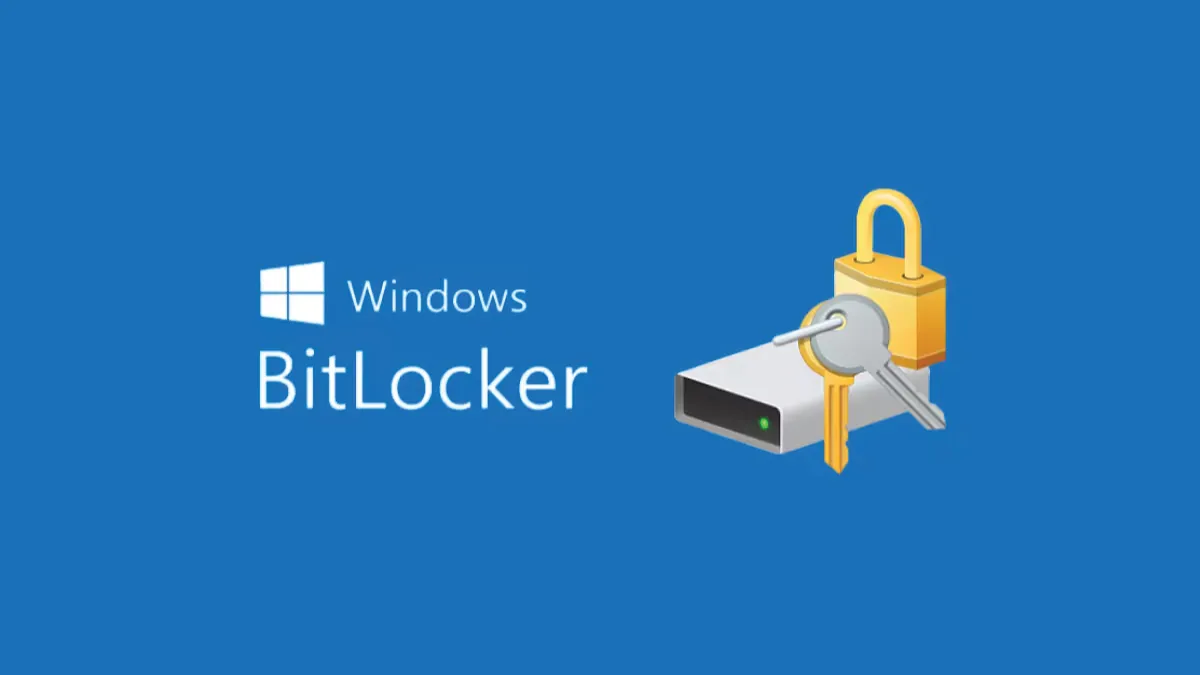
Imagine booting your Windows 10 or 11 PC only to see a BitLocker recovery screen asking for a key you never expected. If BitLocker keeps asking for the recovery key at every startup – essentially a bitlocker asking for key stuck loop – it can be both frustrating and alarming. BitLocker will demand that 48-digit recovery key whenever it senses a potential security risk or change in system configuration, even if you didn’t knowingly change anything major. The good news is this BitLocker dilemma can be overcome.
In this guide, we’ll explain why the “bitlocker asking for key stuck” issue happens and how to resolve it. We’ll walk you through finding your recovery key and fixing whatever triggered BitLocker so that it stops prompting you every time. We’ll also cover what to do if you don’t have the key at all. Esmond Service Centre is also ready to help you at any point with hands-on support to get your PC back up and running.
The first step to resolving a bitlocker asking for key stuck scenario is finding the proper BitLocker recovery key for your PC. This key is a unique 48-digit code that unlocks your encrypted drive. If you’re seeing the recovery prompt, BitLocker is asking for this key as a safety measure. Here’s where to find it and ensure it’s the right one for your computer:
Microsoft Account: Use another device to sign in to your Microsoft account and access your BitLocker recovery keys (for example, via aka.ms/myrecoverykey). Find your PC in the list and compare its Recovery Key ID to the one displayed on your locked PC’s screen. When you spot a matching ID, use the corresponding 48-digit key to unlock your drive.
Other locations: If the key isn’t in your Microsoft account, check any USB flash drive or printout where you may have saved it. For work or school laptops, the recovery key might be stored in your organization’s IT system (like Azure AD), so you may need to contact your IT administrator.
Without the correct recovery key, you cannot access your computer at all. Once you’ve entered the right key and unlocked the PC, you can move on to fixing the underlying issue so the bitlocker asking for key stuck issue doesn’t happen again.
Many users wonder why they got stuck with BitLocker suddenly asking for the key. BitLocker isn’t trying to annoy you – it’s trying to protect your data. Normally, it will unlock your drive automatically at startup using the Trusted Platform Module (TPM) if everything is in order. If it keeps asking for the key on each boot, something in the system’s environment changed, and BitLocker doesn’t trust the integrity of the platform. Common triggers include:
BIOS/UEFI configuration changes: For example, disabling the TPM, toggling Secure Boot, changing the boot mode (UEFI/Legacy), or other firmware setting tweaks – these can trigger the bitlocker asking for key stuck issue.
Hardware changes or resets: Replacing or removing hardware (like the motherboard or hard disk), clearing the TPM, or even attaching new peripherals (such as a dock or USB device that alters the boot sequence) – these can also result in the bitlocker asking for key stuck scenario.
Identifying what might have changed helps you address the bitlocker asking for key stuck problem in the next step.
After unlocking with your recovery key, you’ll want to prevent BitLocker from asking again on the next reboot. That means fixing whatever change triggered it. Try these steps to resolve the bitlocker asking for key stuck issue at its root:
Enable the TPM in BIOS: Reboot into your BIOS/UEFI setup (press F2, Del, or another key at startup) and make sure the TPM (security chip) is enabled/active. If it was off, BitLocker couldn’t verify the system, so turn it on and then Save and Restart your PC.
Restore BIOS defaults: If you suspect a BIOS setting caused the issue, load the default BIOS/UEFI settings. This will re-enable standard security options (like TPM and Secure Boot) and ensure the system is in a normal state (UEFI mode for modern Windows). Reverting to defaults often clears any configuration BitLocker found suspicious.
Check boot order and devices: Make sure your hard drive is first in the boot order (or at least comes before any USB/DVD). Also, disconnect any external drives before booting. Removing unexpected boot devices ensures BitLocker isn’t startled by new hardware in the boot path.
After making these adjustments, restart your computer. For most people, these fixes resolve the bitlocker asking for key stuck error. In most cases, BitLocker will no longer prompt for the key because the system configuration is back to normal, ending the bitlocker asking for key stuck loop for good. If you still get the recovery prompt, move on to re-seal BitLocker in the next step.
The final step to end the bitlocker asking for key stuck loop is to re-seal BitLocker with your current system setup so that it treats this configuration as the trusted state. To do this, suspend and then resume BitLocker protection on your operating system drive. In Windows, open your BitLocker management settings (Control Panel or Windows Settings) and click Suspend protection for the C: drive. Confirm the action – this temporarily turns off BitLocker (no key will be required on the next boot). Now, restart your PC. It should boot up without asking for the recovery key. Once you’re back in Windows, go to BitLocker settings again and Resume protection on the drive. This forces BitLocker to take a fresh record of your system’s current state and seal the encryption key to it. Going forward, as long as that state doesn’t change, BitLocker shouldn’t keep asking for the key on startup
But what if you simply cannot find your BitLocker recovery key? In that case, the bitlocker asking for key stuck situation has no easy way out. The encrypted data on the drive will remain inaccessible (even Microsoft support can’t recover a lost BitLocker key). Your only option to use the PC again is to reset or reinstall Windows, which will wipe the drive and erase all the encrypted data.
At this point, it’s wise to get professional assistance. Esmond Service Centre can help you navigate the next steps – from reinstalling Windows to attempting data recovery from backups. While no one can decrypt BitLocker without the key, our team can help set up your system again and ensure you have backups for the future. After going through a bitlocker asking for key stuck scare, you’ll definitely want to save your BitLocker recovery key in multiple safe places to avoid such emergencies down the line.
In summary, to fix a bitlocker asking for key stuck situation you should find and use your correct recovery key, address the system changes that triggered BitLocker (such as BIOS or hardware alterations), and then re-seal BitLocker by suspending and resuming protection. Following these steps will stop BitLocker from prompting for the key on every boot, ending the bitlocker asking for key stuck loop for good.
To prevent this issue in the future, always keep your BitLocker recovery key backed up in safe locations (for example, in your Microsoft account and on a printed copy). If you plan to make major changes to your PC’s hardware or firmware, suspend BitLocker first so it won’t panic and ask for the key. And of course, maintain regular file backups so that even if something goes wrong, your important data remains safe.
Don’t panic if you encounter a dreaded bitlocker asking for key stuck screen – it’s solvable with the right approach. If you’ve tried everything and still can’t get past the recovery prompt, consider reaching out to a professional for help.
Enjoyed this comprehensive BitLocker troubleshooting guide? Follow our FaceBook page, Linkedin profile or Instagram account for more expert insights and practical tips on cutting-edge technology.

Reviewed and originally published by Esmond Service Centre on October 19, 2025
Mon to Fri : 10:00am - 7:00pm
Sat : 10:00am - 3:00pm
Closed on Sunday and PH